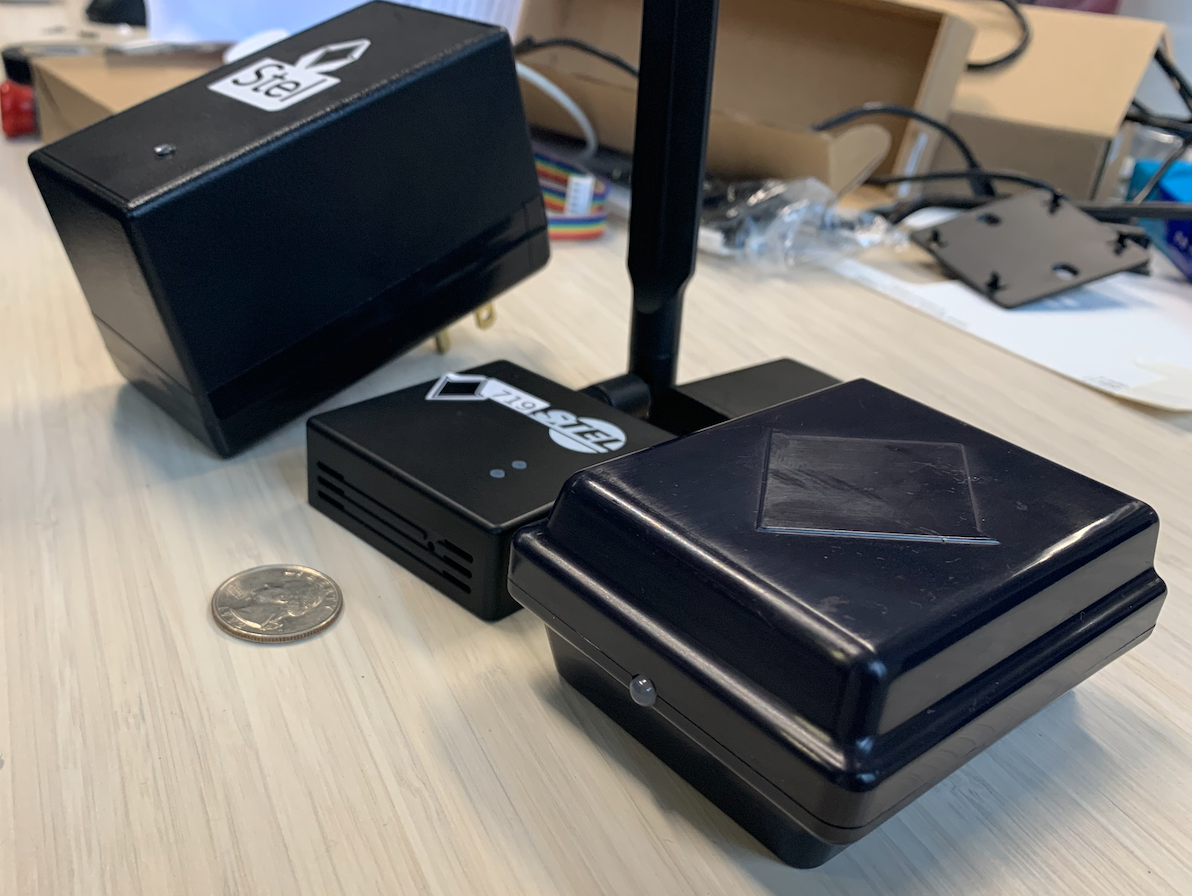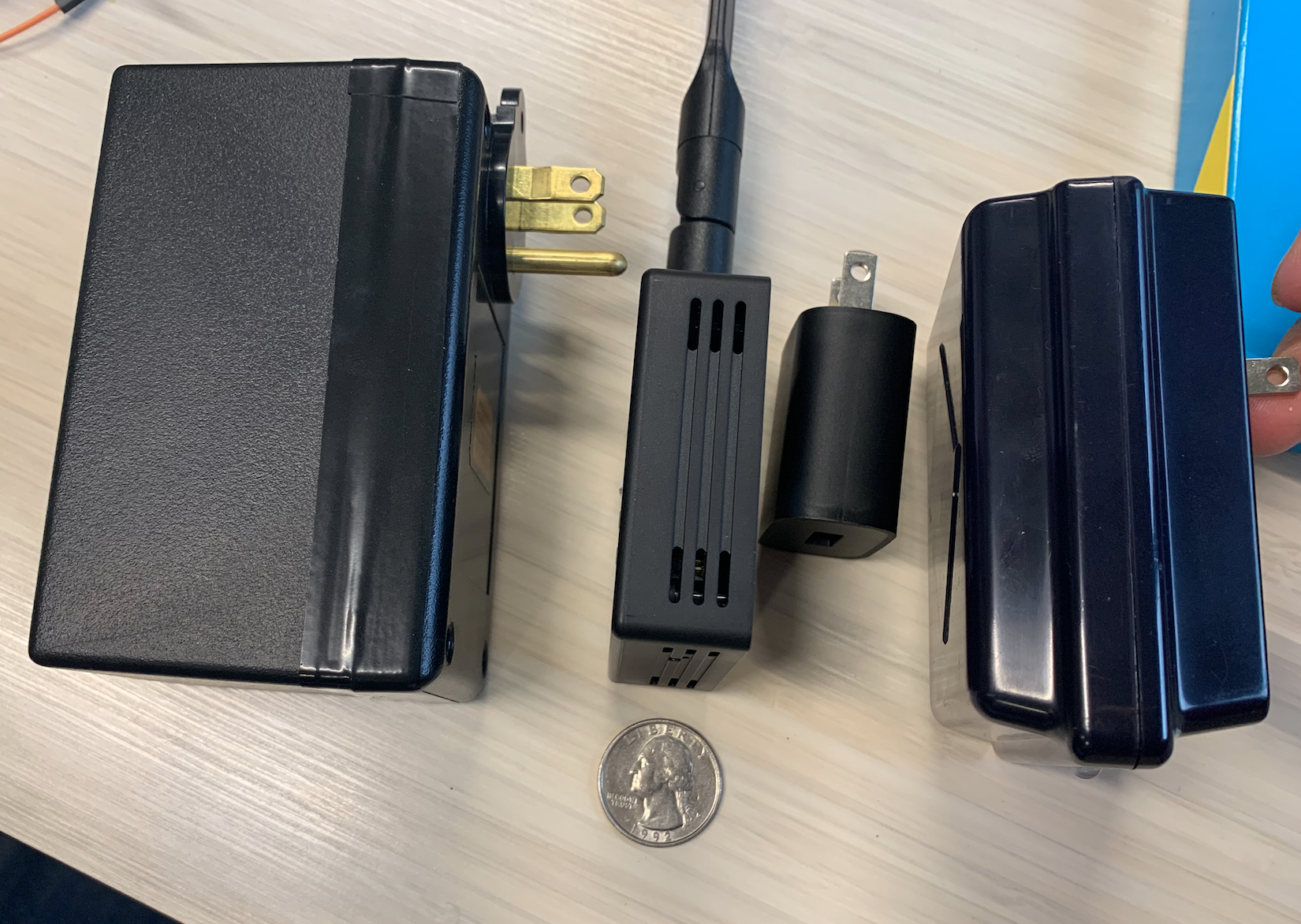How Stel helped high-risk and vulnerable populations transmit 300k+ vitals amidst the COVID-19 pandemic
“We’re going to move forward,” Dr. Lee Schwamm said. “The question is: Who will we leave behind?”
As care teams rapidly adopt Telehealth and Connected Health Solutions, lower-income and disadvantaged communities face unique barriers to access care through video visits and broadband dependent solutions. The vaccine rollout for elderly and disadvantaged populations highlights the importance of investing in accessibility and connectivity for patients to ensure no one is left behind as channels to receive care evolve. Advocacy groups, government agencies, researchers, and health systems addressing accessibility for vulnerable populations, may be interested in our customers’ success. Specifically, how we were rapidly able to launch and scale programs that ensured care for patients without smartphones, WiFi, broadband, or tech-literacy using telephone based audio-visits with a Cellular Home Vitals Hub.
300k+ vitals transmitted from vulnerable elderly, low-income, and rural populations.
“We would send a device directly to your home that has a cellular chip already in it so you don’t have to have internet or wi-fi; particularly in underserved, low-income [communities], we want to make it super simple so a lot of folks don’t have data to download apps and use that. So everything is built for accessibility, ease of use, and low cost.” ~ Benjamin Lefever, CEO Certintell
However, once supply chains and production lines were impacted, Stel had to pivot quickly. We looked at certified off-the-shelf hardware that would be ideal for our custom connected health operating system.
We cannot thank Nordic Semiconductor, Symmetry, and Fanstel enough for their support through this process. It is only because of these partners were we able to go from development board to a certified and market-ready product within 47 days.
To put things in perspective, we received the development kit and committed to a design July 1st, by July 19th we received test hardware, and started delivering hundreds of Hubs to care teams on August 17th (47 days later).
Stel’s FCC Guide for Round 2 (opening April 29): www.telehealthmetrics.com






